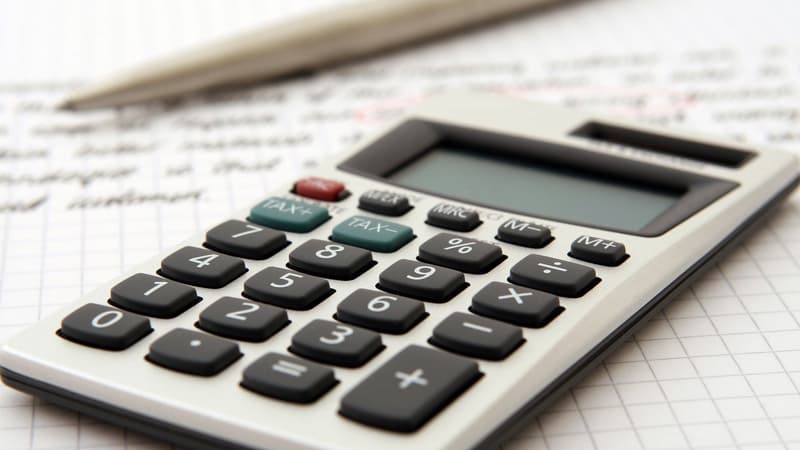Bernard Arnault passing in front of Elon Musk, who had surpassed Jeff Bezos after the latter deposed Bill Gates… For several years now, the ranking of the first fortunes has been quite fluctuating.
All the more so since we now have near real-time estimates of the evolution of the wealth of the planet’s billionaires with the Bloomberg Billionaires Index on the one hand and the Forbes Real-Time Billionaires on the other. Each offers globally close, but not entirely identical, estimates of the world’s greatest fortunes.
Previously, one had to wait for the annual release of the American magazine Forbes or Challenges in France to estimate these assets. It was in 1987 when Forbes magazine published its first ranking of the greatest fortunes on the planet. Previously, the Guinness Book tried to estimate who was the richest person but did not publish a ranking. Thus, the Gettys were considered for a long time, in the second half of the 20th century, as the richest family in the world.
In the 1980s, when finances were not yet computerized, Forbes researchers had to do detailed work to make their estimate by reviewing accounts, annual results, company share prices…
The Arnault family owns 48% of LVMH
From now on, it is the algorithms that provide the daily results of these assets. But are they reliable?
You should already know that these are professional fortunes made up essentially of company shares. Personal assets like bank accounts, real estate, works of art, and other planes and yachts are mostly excluded. It is therefore a classification of the greatest professional assets on the planet rather than the greatest fortunes in the strict sense.
The estimated assets here are mostly public when it comes to listed companies. But not all are. This is the case of the Chinese giant ByteDance (owner of TikTok) whose founder, Zhang Yiming, is nevertheless rewarded with a heritage of almost 55 billion dollars from Bloomberg. For these cases, analysts make estimates of the company’s value when it raises funds or based on market and performance parameters.
For listed companies, estimates can be made in real time. Take the case of Bernard Arnault. The Arnault family owns 48% of LVMH’s capital, according to a regulatory file provided to market authorities. The valuation of the luxury giant (value of the share x number of shares) being this Friday of 362,300 million euros, we can therefore conclude that the assets of the Arnault family in LVMH amount to 174,000 million euros. Just do the same with the companies in which the Arnaults have a stake. The algorithm thus programmed can give an estimation of the patrimony.
Elon Musk pledges Tesla shares
Bloomberg’s makes a daily estimate at each stock market close. Arriving later in “real time”, Forbes offers you a higher frequency.
“The value of public goods [sociétés cotées] it is updated every 5 minutes when the respective stock markets are open (there will be a 15-minute delay for stock prices), says Forbes. People whose wealth is closely tied to private companies. [sociétés non cotées] They will have their net worth updated once a day.”
Other parameters are taken into account to estimate these assets. So if a billionaire owns almost all of their company, a 5% discount is applied to their valuation because the asset is harder to sell.
This is the case of Elon Musk, who committed several billion dollars in Tesla shares to take control of the social network Twitter.
Finally, for unlisted companies, such as hedge funds, they are valued using the average market capitalization to assets under management ratios of the most comparable exchange traded funds.
To rate the reliability of estimates, Bloomberg assigns stars to their degree of certainty. This ranges from 5 stars when “the majority of the person’s wealth is held by publicly traded companies” to 1 star when “the majority of the person’s wealth is tied to privately owned assets for which of limited information.
Apart from the fact that it is only about professional heritage, these rankings have other limits. How not to take into account the indebtedness of individuals or groups. If they do when it comes to collateralized shares, for example, they don’t always have access to the information when it comes to bank loans.
The last stumbling block finally refers to the concealment of assets in tax havens through cascades of front companies, trusts and foundations. So, by definition, it is impossible for Forbes and Bloomberg to estimate these hidden assets. American billionaire James Simons, a hedge fund mogul, had a fortune estimated between $15 billion and $20 billion by Forbes. Before the “Paradise Papers” affair, it was revealed that he had hidden in a trust in Bermuda assets valued between 7 and 15 billion dollars.
Source: BFM TV


